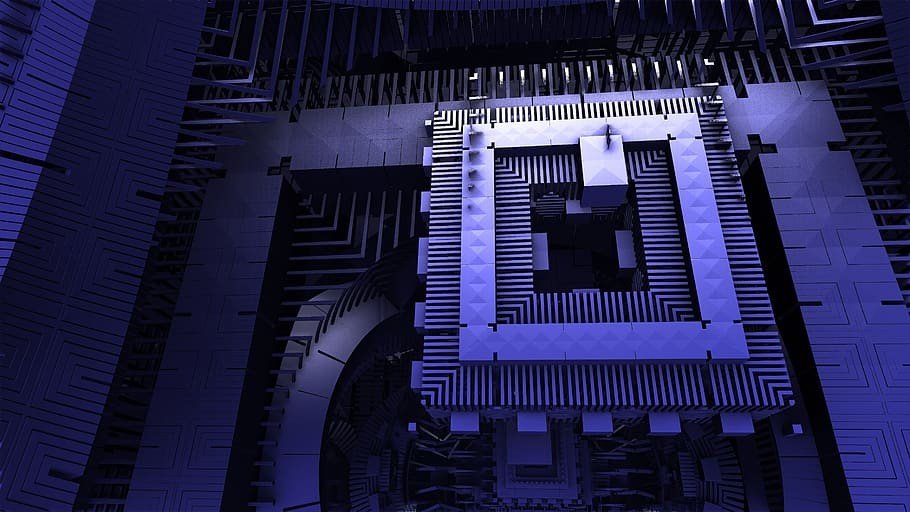

Owing to the inherent advantages of the microservice architecture, more and more organizations are migrating monolithic applications to microservices. As time progresses, monolithic services will become the standard for organizations, both big and small.
Microservices are highly favorable for all sorts of entities since they facilitate scalability and availability – both of which matter immensely for business continuity and expansion.
Microservices deploy a pragmatic approach for an ecosystem that works as intended. But microservices also happen to be highly intricate ecosystems that most organizations will find difficult to develop.
Thus, it makes sense for businesses and enterprises to migrate their monolithic applications to microservices by collaborating with a reputable service provider. Such a liaison with a dependable third party will purvey all the advantages of outsourcing. Thus, clients can focus on their core activities rather than struggle with microservices ecosystem development, which is an onerous endeavor. This will enable clients to save time, money and effort.
The migration process itself involves a few challenges due to which a prudent plan is necessary. A step-by-step approach can ease and expedite the migration workflow.
Database management and putting the microservices development team in charge of the process can help. One major benefit of microservices is that they allow you to break up monolithic applications into smaller easily manageable components that are easier to migrate to the cloud.
Transforming monolithic applications into the microservices paradigm is by no means an easy feat. This is one of the major IT challenges that many organizations face. However, the end result is highly result and the resultant leverage justify such a process.
Refactoring Monolithic Applications into Microservices
Refactoring monolithic apps into microservices can be protracted and thus expensive. The process may involve several iterations before the desired end products are reached.
Begin with the Simpler Services
A deep insight into operations and workflow will help to greatly simplify the refactoring process. To make any project it is advisable to begin with simple things. Such an approach is equally valid for refactoring monolithic applications into microservices.
Thus, you will have to identify services in the workflow that will be easier to work with on account of their relatively low complexity. One good idea is to begin with services that do not impact the front-end.
The best way to start conversion into microservices is to free up loosely coupled components in the beginning before shifting your focus to root services that may be more tightly interlinked.
Curtail Dependencies
After you succeed in decoupling components, you will have to work around any kind of dependency that they may with the remaining monolithic system.
A quicker release cycle is one of the major advantages of microservices. Monolithic systems are far less capable of providing this leverage. Thus, you can bring down the major maintenance costs associated with monolithic systems if you can disintegrate it into smooth working independent components. Since the maintenance process is simplified, you can achieve major changes in performance much more quickly via the microservices architecture.
Advanced Decoupling
Decoupling will certainly become more advanced as you move forward since you will inevitably run into processes that are strongly dependent on the monolithic system. Chances of such occurrences increase when there are flaws in the monolithic system itself and issues with its architecture. You will then have to use a more meticulous strategy to break up services into individual components. It is best to do this one by one so that the process becomes easier.
Benefits of Microservices
Before transferring your system to microservices it is best to know the numerous advantages that you stand to gain. Having a clear idea of the benefits will help you to understand how your organization will gain from microservices and why so many others are doing it.
Scalability
In the microservices ecosystem, smaller independent services are deployed instead of a much larger single system. Thus, you can scale an individual service without having any adverse consequences for any other service. The scaling process also becomes easier and it can be expedited as a result.
Maintenance and Debugging
Since the components are smaller and simpler, you can debug and test the app at any level of that you prefer. In case there is any error, the team will know where to find that error and fix it quickly. Thus, your team can save time during maintenance and debugging. There is also less likelihood of hidden errors and problems.
Flexibility
Since the services are smaller, simpler and independent, you can implement changes in one system without creating any adverse effect on other components. This is not possible with a monolithic system since all services are inextricably interlinked and thus, a change in one component could spell problems for the rest.
More Robust System
Since components are smaller and simpler, monitoring them becomes easier. Microservices architecture can facilitate robust monitoring. Hence, debugging and maintenance will also simplify.
Evolution
Microservices transfer may be more accurately described as an evolution rather than a process since you may have to take steps to implement a seamless working system after the project is complete. Once the microservices architecture is implement, you will have to scrutinize its performance, identify issues as they arise and remediate them so that the new system works as desired.
It is all too easy to think that you have moved successfully from a monolithic system to the ideal microservices environment. There may be issues later on due to which it may become more challenging to remediate them. As it often happens in many organizations, leader support subsides as time progresses, focus may be shifted elsewhere and there could be a shortage of funds.
Conclusion
Although migrating your monolithic system to microservices architecture may be a complex endeavor, you can make it less abstruse through a solid plan. In the end, the effort, time and money expended may be worthwhile because the resultant system is less complex.
Recent posts


Enhancing Support with Intelligent AI Bots
June 25, 2025
No Comments

Maximizing Business Potential with AI Agents
June 24, 2025
No Comments
What they say
"Working with Enterprise Cloud Services AI has been a game-changer for our business. Their expertise in AI algorithms and innovative solutions has significantly boosted our online presence and organic traffic, resulting in a substantial increase in leads and conversions."
John DoeAccountant, Colibri
"We couldn't be happier with the AI-powered applications they developed for us. Their dedication to optimizing our website's SEO performance has not only improved our search engine rankings but also enhanced the overall user experience, making Enterprise Cloud Services AI an invaluable partner in our digital journey."
Max PowellCEO, Falcon
"Enterprise Cloud Services AI truly understands the nuances of Healthcare and AI integration. Thanks to their cutting-edge solutions, we've seen a remarkable efficiency and accuracy in data lake queries, ultimately driving more revenue for our business. Their expertise is second to none!"
Alex PaloOwner, Eagle
from the author
- Utilizing Azure for Cost-Efficient AI Management June 25, 2025
- Enhancing Support with Intelligent AI Bots June 25, 2025
- Maximizing Business Potential with AI Agents June 24, 2025
- Advancing DevOps Practices Through AI Tools June 24, 2025
- Leveraging Cloud Tech for Business Agility June 23, 2025
Subscribe Newsletter
Stay in the know and join our vibrant community – subscribe to our newsletter for the latest updates, insights, and exclusive offers delivered straight to your inbox!